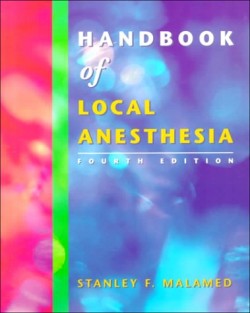 By
By
Stanley F. Malamed, DDS, Professor and Chair, Section of Anesthesia and Medicine, School of Dentistry, UO Southern California , Los Angeles, CA
Book Description
and Medicine, Univ. of Southern California School of Dentistry, Los Angeles, CA range of topics. Part I describes drugs and how they work, both as general classes and as specific agents. Part II presents armamentaria – syringes, needles, cartridges, etc. – and how to select and handle them. Part III, Techniques of Regional Anesthesia relates the general injection procedure to specific techniques for both the maxilla and mandible. The book concludes with chapters on complications, future trends and questions. New to this edition: a second color highlights key information, printed end sheets, supplemental injection techniques, and 200 new illustrations.
Customer Reviews
Dental update, October 22, 2009
This is a very thorough book for all clinicians. It explains the theory of anesthetic action, covers the various types of anesthetics – and their various formulations.
It describes various anesthetic techniques in excellent detail. The DVD is a great addition, to be able to see the techniques and anatomical landmarks. additionally, I found several new techniques that I have had good success with.
I recommend this book for the student, new clinician, as well as a valuable review for experienced clinicians
It describes various anesthetic techniques in excellent detail. The DVD is a great addition, to be able to see the techniques and anatomical landmarks. additionally, I found several new techniques that I have had good success with.
I recommend this book for the student, new clinician, as well as a valuable review for experienced clinicians
The Textbook Standard in Dental Local Anesthesia, March 21, 2011
Dr. Stanley Malamed (Professor and Chair of the Anesthesia and Medicine Department of the Univeristy of Southern California School of Dentistry) is the dental profession’s expert on a number of subjects, namely, emergency medicine and local anesthesia. This 5th edition of his classic textbook on dental local anesthesia covers all the intra and extra oral anesthesia techniques.Malamed divides the book into approximately 4 broad sections: The local anesthetic drugs, the Armamentarium, Techniques of Regional Anesthesia in Dentistry, and Complications and Questions. In dental school this subject is covered rather quickly, and very often, particular schools use specific local anesthetics, so the student is often not aware of the array of local anesthetics available, or their properties. Therefore, this is a fine adjunct for the student and a terrific source of review for the more seasoned practitioner. Although most practitioners use one to three local anesthetics above all others, it is important to know all the possible anesthetics available.
Personally, I don’t like this book but…, January 20, 2011
I think this is one of the books that every dentist should have.
It’s dry. I find reading this book to be duller than pulling teeth.
However, this covers a lot of the very basic information that I feel every dentist should know before an injection.
Personally, I hate this book with a passion, as my instructor (a hygienist) forced us to memorize various parts of the texts instead of understanding the anatomical foundation of the various nerve blocks. While I don’t think that she knew as much as she claimed. The various contraindications, considerations with weight, and especially pediatric max dosages are very useful to know. Additionally, knowledge of the relative half-life of each anesthetic is a very useful thing to give to patients.
This book would be incomplete without a copy of Netter’s Anatomy.
If you have a skull, it’s even better.
There some areas where I think that Malamed is wrong, or at least gives incomplete information:
1. Pt’s can DEFINITELY FEEL THE DIFFERENCE IN NEEDLE SIZE particularly in an IA block!
I’ve observed many different clinicians, specialists, and given quite a few injections. Pt’s can feel the injection. That being said, his choice of a thicker needle is definitely validated by the reduced tendency of the needle to break (of course, I’d question why you’d break a needle while delivering an injection as a dentist. It’s supposed to be gentle).
2. The entry of the inferior alveolar nerve is dictated by skeletal landmarks, not just dental.
While the dental landmarks serve as a good landmark for the general placement of the needle, over-reliance of this will cause you to have some problems: edentulous patients, partially edentulous patients, improperly restored patients, patients with improper orthodontic alignment, squirmy little pediatric patients without space maintainers, etc. In these cases, the IA (as Stan directs it) doesn’t too well. However, if you base it on the anatomy, there’s a very high success rate.
Aside from this, I really think that it should be in every dentist’s library.
It’s dry. I find reading this book to be duller than pulling teeth.
However, this covers a lot of the very basic information that I feel every dentist should know before an injection.
Personally, I hate this book with a passion, as my instructor (a hygienist) forced us to memorize various parts of the texts instead of understanding the anatomical foundation of the various nerve blocks. While I don’t think that she knew as much as she claimed. The various contraindications, considerations with weight, and especially pediatric max dosages are very useful to know. Additionally, knowledge of the relative half-life of each anesthetic is a very useful thing to give to patients.
This book would be incomplete without a copy of Netter’s Anatomy.
If you have a skull, it’s even better.
There some areas where I think that Malamed is wrong, or at least gives incomplete information:
1. Pt’s can DEFINITELY FEEL THE DIFFERENCE IN NEEDLE SIZE particularly in an IA block!
I’ve observed many different clinicians, specialists, and given quite a few injections. Pt’s can feel the injection. That being said, his choice of a thicker needle is definitely validated by the reduced tendency of the needle to break (of course, I’d question why you’d break a needle while delivering an injection as a dentist. It’s supposed to be gentle).
2. The entry of the inferior alveolar nerve is dictated by skeletal landmarks, not just dental.
While the dental landmarks serve as a good landmark for the general placement of the needle, over-reliance of this will cause you to have some problems: edentulous patients, partially edentulous patients, improperly restored patients, patients with improper orthodontic alignment, squirmy little pediatric patients without space maintainers, etc. In these cases, the IA (as Stan directs it) doesn’t too well. However, if you base it on the anatomy, there’s a very high success rate.
Aside from this, I really think that it should be in every dentist’s library.

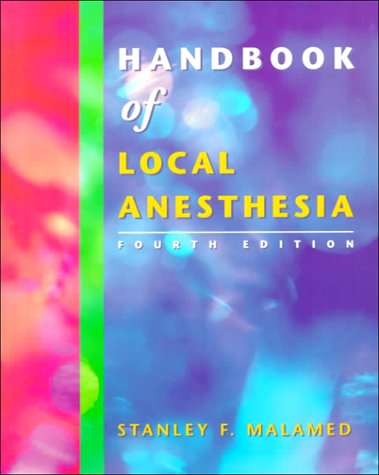
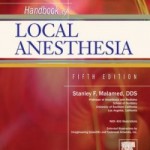
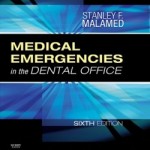
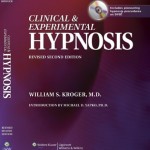
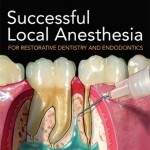
![[Free] Clinical Outline of Oral Pathology, 4th Edition](https://dental.downloadmedicalbook.com/wp-content/uploads/2012/06/Clinical-Outline-of-Oral-Pathology-4th-Edition-250x3571-150x150.jpg)
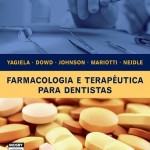


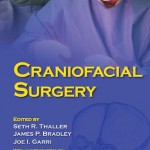

can you reupoad the links..thanks
IT works normally!
Does not work
fixed